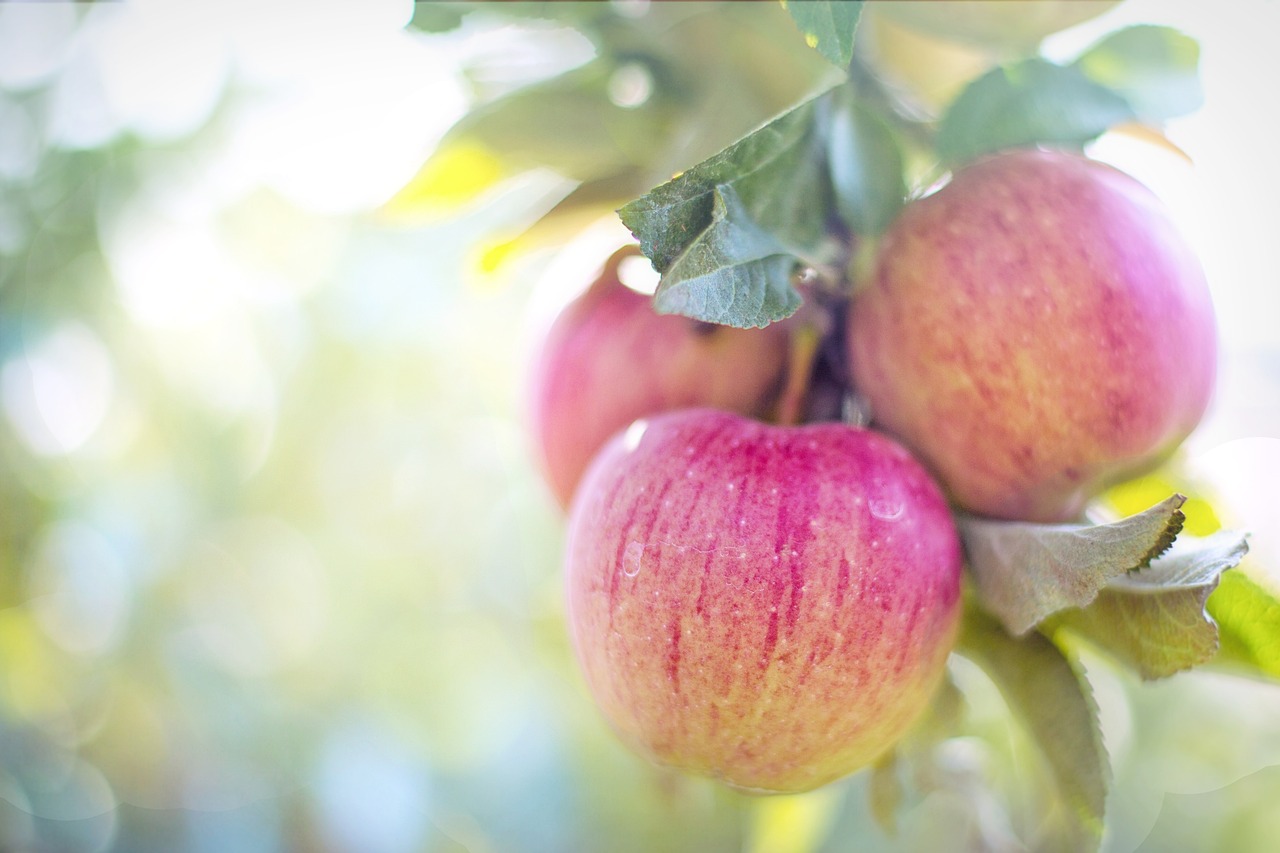The Future of Sustainable Agriculture: Innovations in Vertical Farming and Hydroponics
Vertical farming has seen remarkable advancements in recent years, with one key innovation being the utilization of LED lighting systems. LED lights are energy-efficient and can be customized to provide specific light spectrums that optimize plant growth. By adjusting the light spectrum, vertical farmers can enhance photosynthesis, accelerate plant growth, and ultimately improve crop yields. This innovation has revolutionized vertical farming by allowing for year-round production of fresh, high-quality produce in indoor environments.
Another significant innovation in vertical farming is the development of automated systems for monitoring and controlling plant growth conditions. These systems utilize sensors to collect data on various environmental factors such as temperature, humidity, and nutrient levels. By automating the monitoring and control processes, vertical farmers can ensure that plants receive the optimal growing conditions at all times. This innovation not only increases efficiency but also allows for precise adjustments to be made in real-time, contributing to the overall success and sustainability of vertical farming operations.
Advantages of Hydroponic Farming Systems
Hydroponic farming systems offer numerous benefits to farmers and the environment. One advantage is the ability to conserve water by using up to 90% less water compared to traditional soil-based farming methods. This efficiency also helps in reducing the overall environmental impact of agricultural operations.
Furthermore, hydroponic systems allow for greater control over nutrient levels, leading to improved plant growth and yields. By providing essential nutrients directly to the plant roots, growers can optimize plant health and productivity. This precise nutrient management not only results in healthier crops but also reduces the need for chemical fertilizers, creating a more sustainable farming practice.







